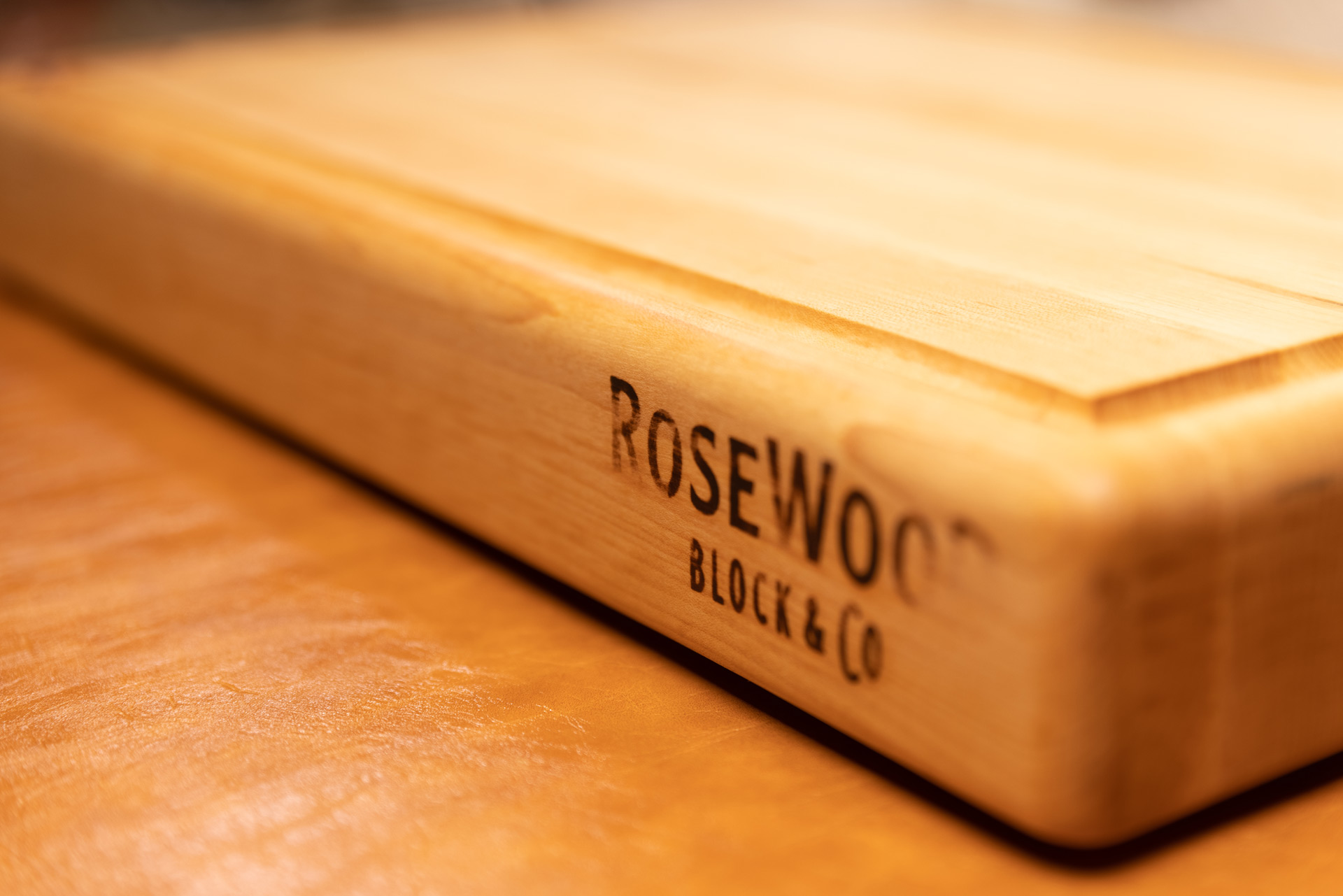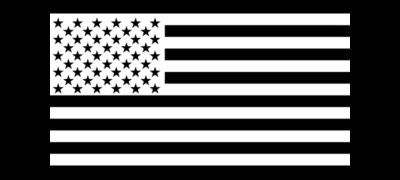Frequently Asked Questions
The short answer is… you can’t oil your block too much. But I recommend oiling your block top bottom and sides at least once a week for the first two months and once a month from there on. Also oil after any washing once air dried. It is important to oil the top and bottom of your block as this acts a barrier to moisture. If there is only a barrier on one side you could develop a wobble, bow or even crack in time. Also the oil will penetrate into the grains with usage and oiling and your block should be fully sealed around 3 months or so. You will then get to watch the magic of the grains get richer with every use!
We recommend walrus oil as it has a bees wax in it which thickens it up and goes a little further. But any oil that is food grade like a food-grade mineral oil.
This is fine for the day but we recommend your block be stored overnight in a climate controlled and insulated environment. Changes in humidity can wreak havoc on your block especially early on before a good seal lock has been established. End Grain builds fluctuate the most to changing humidity. They are made to be used outside but you definitely want to store inside.
End Grain is a building technique where the grains up the tree are oriented to the sky just as the tree grows in the ground. Imagine a bunch of tiny microscopic toothpicks pointed up in the air. Now imagine a knife cutting on those. They would separate and essentially come back together which is what we call a healing property. This will not eliminate all cut marks (I love a good broken-in block!) but it will reduce them. It also has been rumored to have the potential to keep knives sharper longer. In short End Grain takes longer to build is more expensive and takes little more care but in return, you get an elegant built pattern, that has healing properties and aims to keep knives sharper longer!
Edge Grain is a building technique where the grains run parallel to the ground. They are long flowing continual grains. This board is a great build for those in production environments as they are little more resistant to the elements but still reliable and beautiful. They won’t wear as well as the end grain but like I said above you really can’t beat a good broken-in block so don’t be afraid to use it! The first cut is the deepest…
We currently use the workhorse hardwoods that are traditionally used in hardwood cutting boards.
1. Hard Maple- white wood, sweet-smelling on the blade.
2. Cherry- Redwood, dry, warm pleasant on the blade.
3. Walnut- deep dark brown- bitter full body on the blade.
We will do limited exotic runs. For example Paduak (the wood behind our fire series!) and Purple Heart. Padauk comes in from African and the Purple Heart from South America. The supply of these woods can be difficult to source in quantity.
It sure is! We do it all the time on our blocks. The wood grains themselves have been said to have antibiotic properties. Also keeping your blocked oiled and waxed is a another layer of protection and lastly keeping it cleaned and well cared for are all reasons not to be afraid to put raw meat on the block. The Topper was made for raw trims and food prep saving your big block for the main slicing event!
1. Heavy BBQ Day: Wash off excess fat, sauce and leftovers in the sink or trash. Run warm water over the block but do not submerge. (Never put in dishwasher if can fit!) scrub with dish soap and rinse with warm water. Allow your block to air dry on its side rotating the bottom side at least one time so it can air dry. After fully dried re-oil and or wax.
2. Light Use: We use Thieves Spray to clean our block on the light use days. This is a product that can be purchased online and will save you same air-dry time!
If you just can’t live with those knife marks on your block you can certainly do a little restore at home. To do that you’ll need 120, 220 grit sandpaper. For bonus points pick up some 320 for the perfect smooth finish! You will start with the 120 grit and sand with the grain and against it in at least two angles. (An orbital sander is the easiest and quickest but this is an added expense- use 4 directions of sanding with light pressure if use the orbital sander) Repeat with 220 and 320 grit.
Currently, Meat Church Blocks are only sold in-store at Waxahachie. It is well worth a road trip! We love to visit and stock up ourselves!


